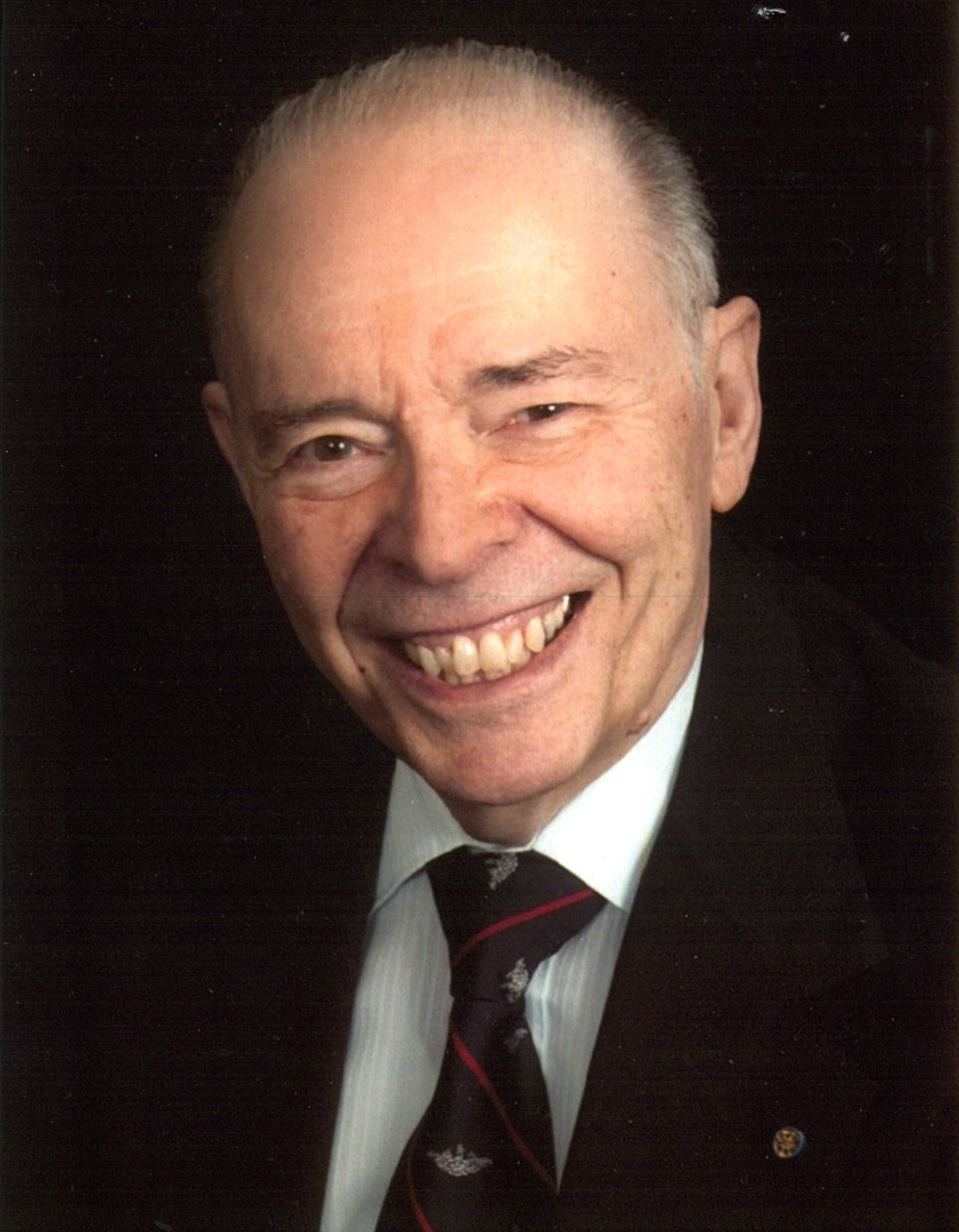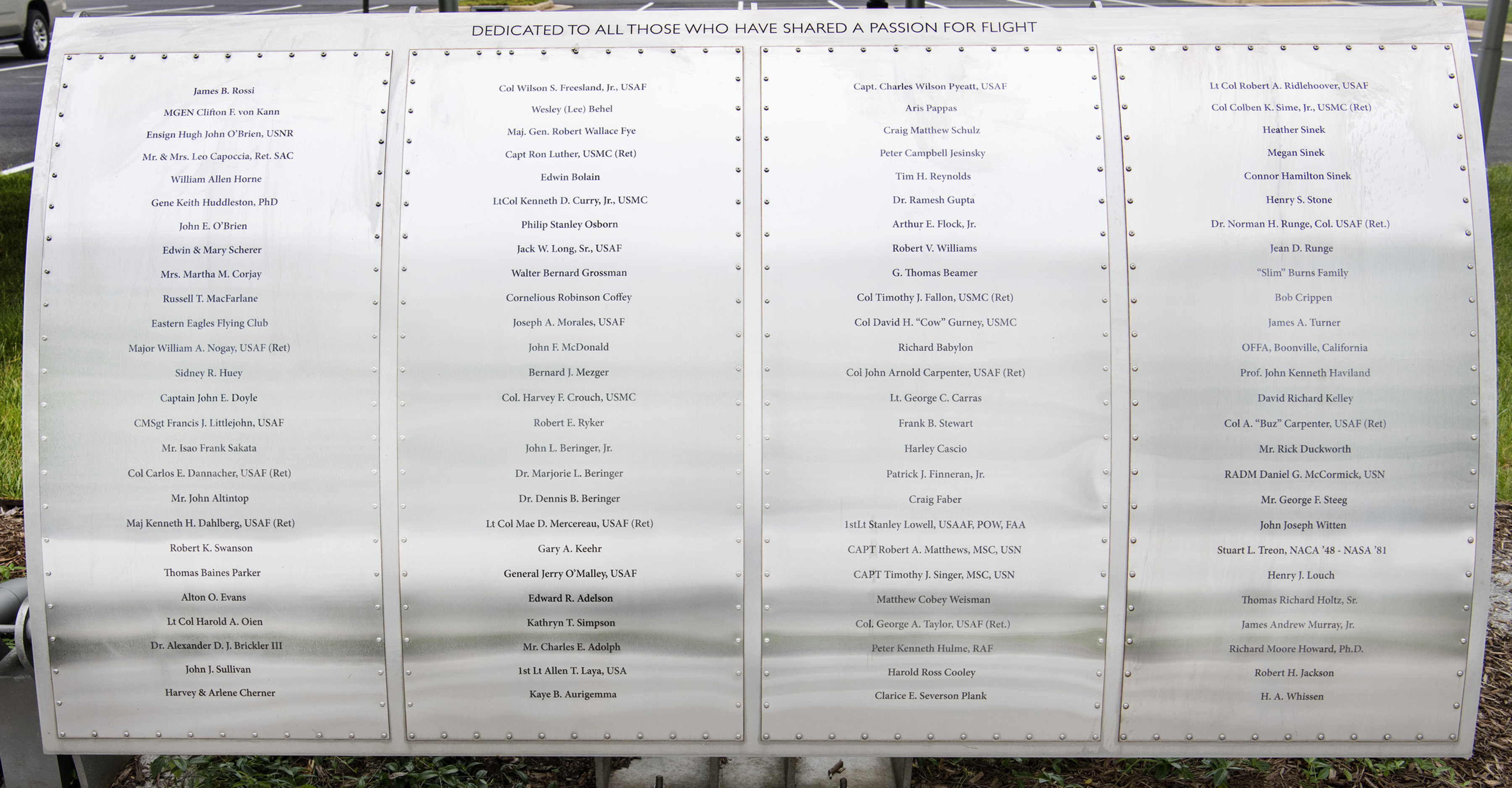
Foil: 37 Panel: 4 Column: 1 Line: 18
Wall of Honor Level: Air and Space Leader
Honored by:
As technical director of the ECM Division at Sanders Associates from 1958-1968, he led the design, operations analysis, and simulation and flight testing of the family of airborne DECM (Defensive Electronic Countermeasures) systems that the company produced for the U.S. Navy. The Navy, in congressional testimony, credited DECM with helping save 300 pilots and planes in the Vietnam air war.
The family of systems, designated AN/ALQ-41, ALQ-49, ALQ-51, and ALQ-100, covered threat fire control and missile guidance radar frequencies from 2,000 megaHerz to 12,000 megaHerz (2-12 GHz). The family applied newly-developed traveling-wave-tube radio-frequency amplifier technology to prevent, continuously and without pilot assistance, multiple simultaneous enemy radars from achieving the target acquisition and automatic tracking required for accurate fire control and missile guidance.
The first DECM employment, during the Cold War, was on A-3, A-5 and A-6 aircraft. For Vietnam, the Navy installed the ALQ-51 and later the ALQ-100 on A-4 attack and Navy fighter aircraft. The Air Force installed the ALQ-51 on F-105 photo reconnaissance aircraft. DECM denied Vietnamese use of the FIRECAN radar for anti-aircraft artillery (AAA) fire direction, and helped force the installation of less effective manual optical tracking cabins on the FANSONG radar for the GUIDELINE (SA-2) anti-aircraft missile. Produced only as a special design for reconnaissance aircraft such as the SR-71, the ALQ-49 frequency coverage was incorporated into ALQ-100 production. These systems were the forerunners of the joint USAF-USN ALQ-178 Advanced Self Protection Jammer (ASPJ).
Recruited from Sanders by the National Security Agency in 1968 to improve intelligence for electronic warfare as consulting engineer in NSA Europe, he led theater and national ELINT (Electronic Intelligence) processes into two distinct disciplines: Operational ELINT, to support indications, warning, and attack; and Technical ELINT, to support the design and employment of electronic warfare systems. Leadership continued in the Office of the Secretary of Defense as director ELINT Programs and director Reconnaissance and Surveillance, where he received the Defense Department's second highest civilian decoration, the Meritorious Service Medal, in 1976.
Other employment included vice-president Systems Analysis for United Technologies Corporation, chief engineer at MITRE Washington C3I, director Radar Division and vice-president Plans and Business Development for the AIL Division of Eaton Corporation, and radar systems engineer at General Electric Company. He served in Navy submarines as electronics technician until 1949, earned B.E.E. and M.E.E. degrees at Rensselaer in 1954 and 1955, and M.S. Admin. at George Washington University in 1975.
Wall of Honor profiles are provided by the honoree or the donor who added their name to the Wall of Honor. The Museum cannot validate all facts contained in the profiles.
Foil: 37
